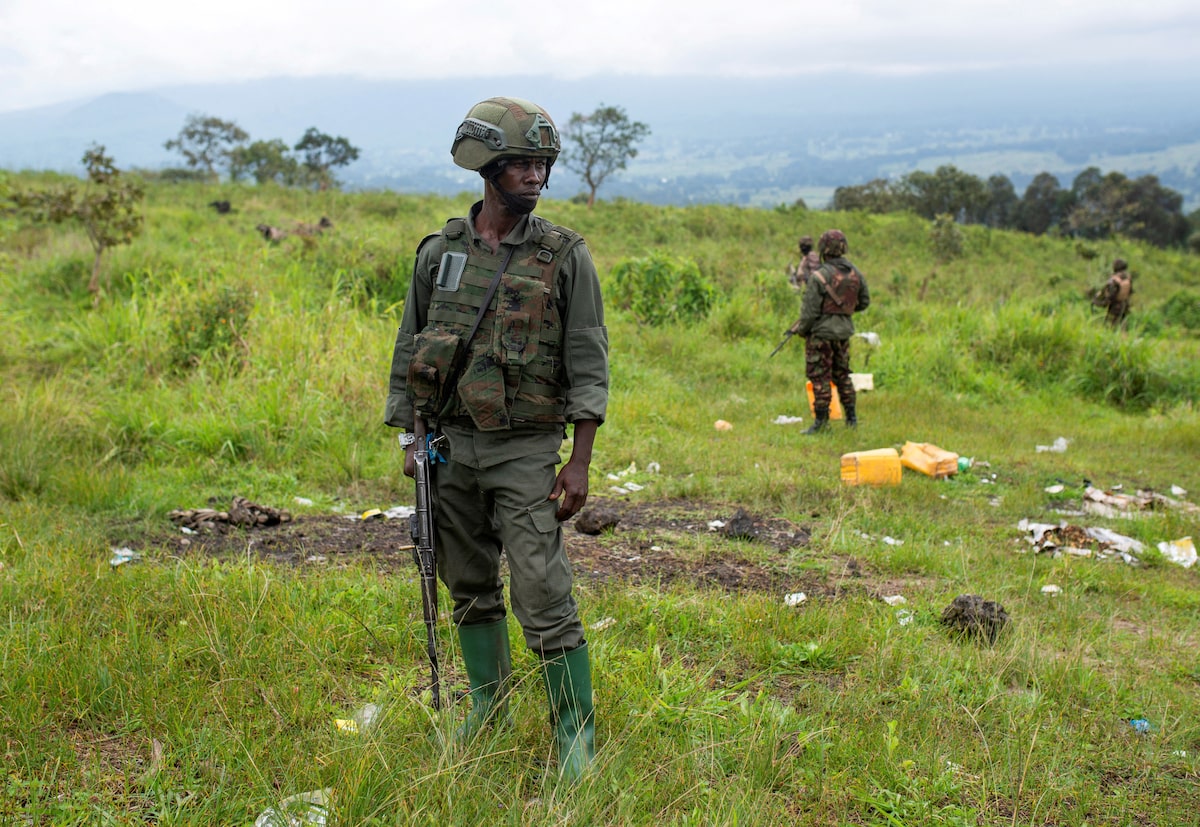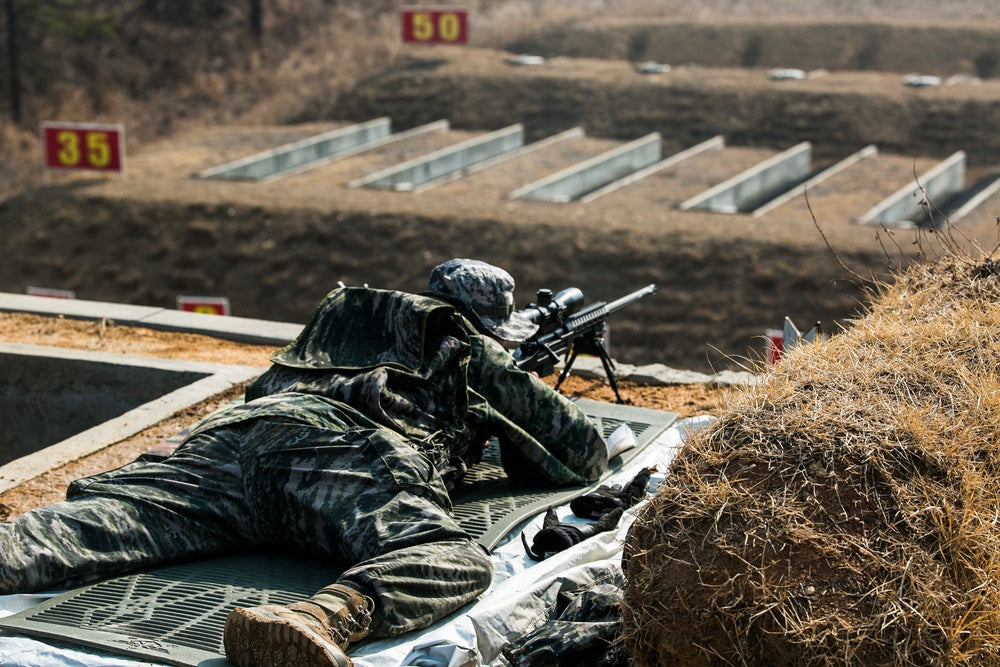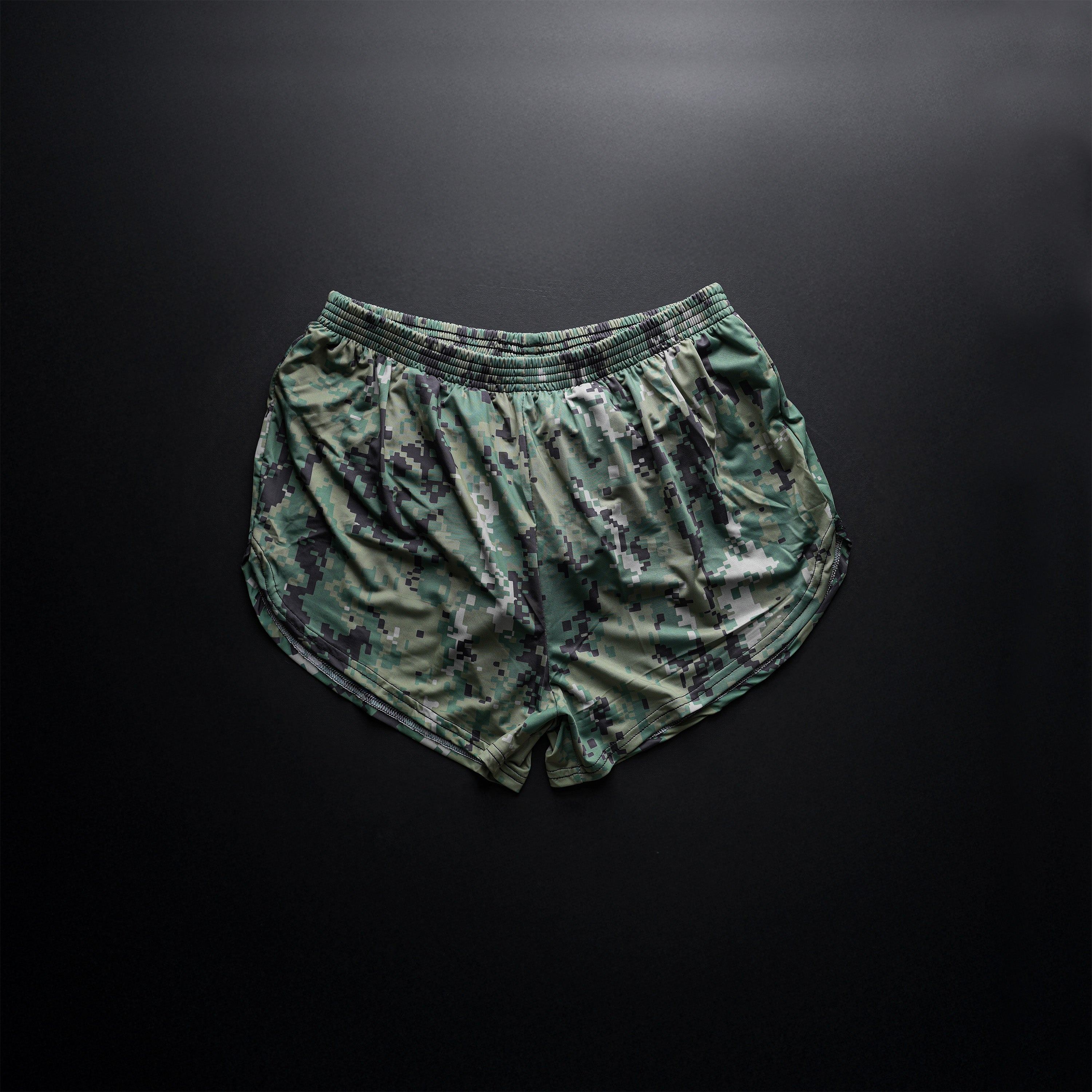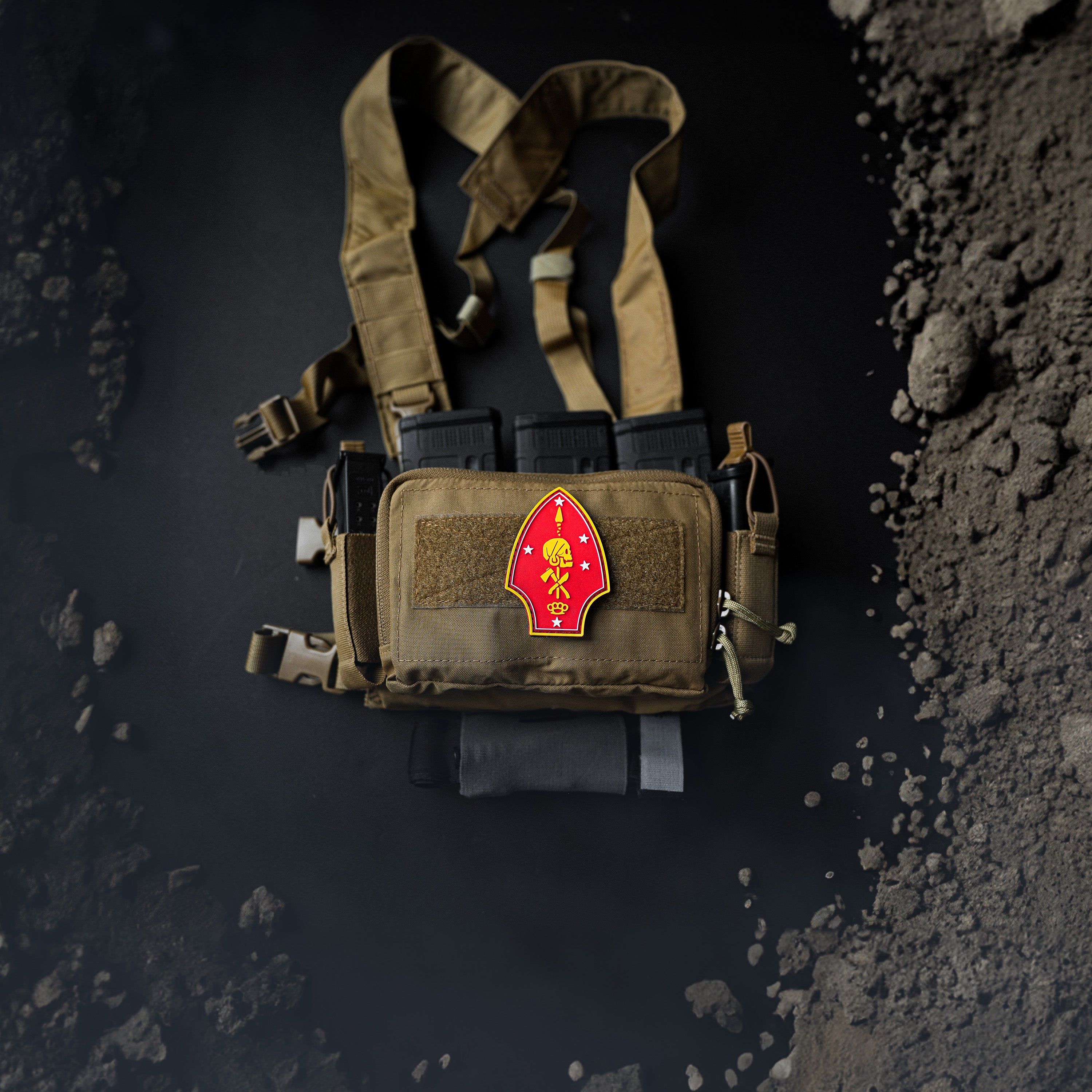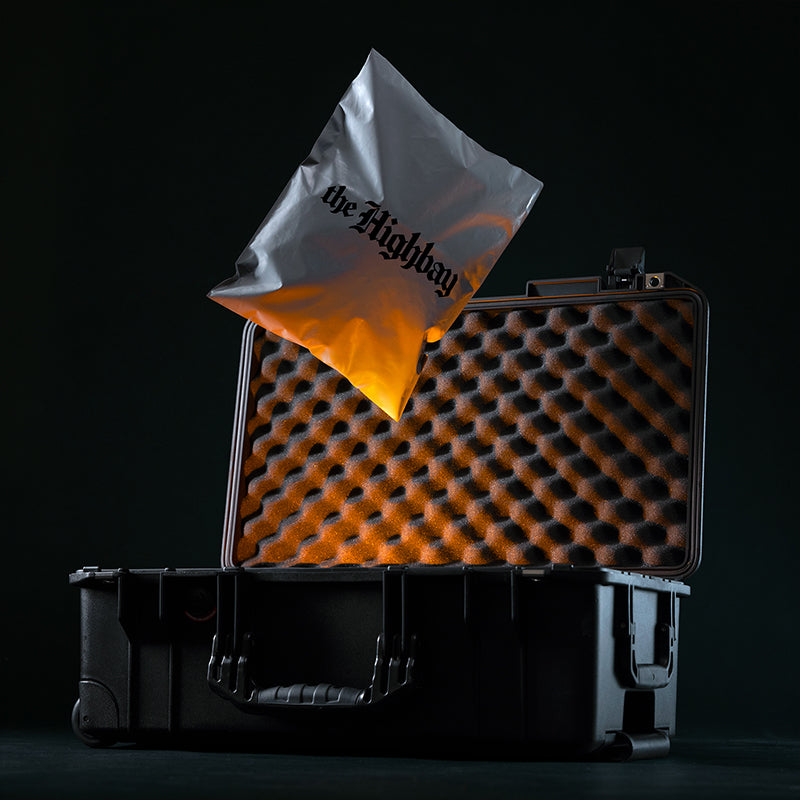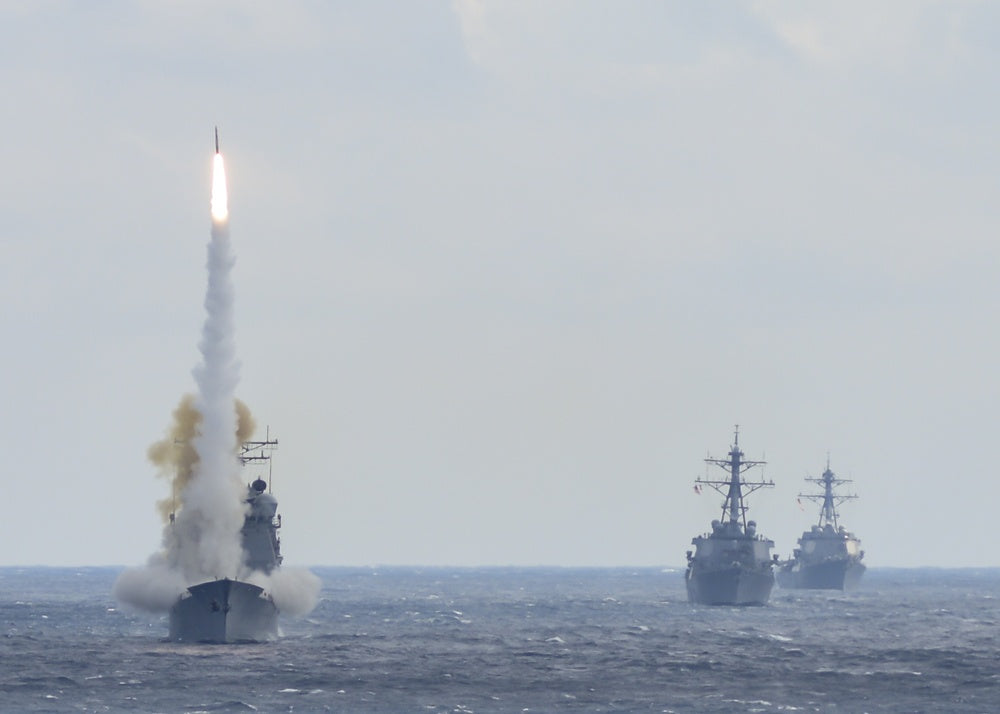
Australia says it is buying US missiles to boost deterrence
PHOTO CAPTION: The Guided-missile cruiser USS Monterey (CG 61), left, launches a Standard Missile-2 (SM-2) to destroy an target while USS Stout (DDG 55) and USS Mason (DDG 87) transit formation during a live-fire exercise, Atlantic Ocean, March 15, 2016. (U.S. Navy Photo by Chief Damage Controlman Andrae L. Johnson via U.S. Defense Visual Information Distribution Service)
SYDNEY (Reuters) - Australia said on Tuesday it would bolster air and missile defence in a A$7 billion ($4.7 billion) deal with the United States to acquire SM-2 IIIC and SM-6 long-range missiles for its navy.
The Australian navy test-fired the Raytheon SM-6 missile from a ship in August during exercises with the United States in Hawaii.
The SM-6 is the most advanced naval air defence missile in the U.S. arsenal, including against ballistic missiles, and has also been tested for striking ships and ground targets, and in air-to-air scenarios.
Australian Defence Minister Richard Marles said the SM-6 will be deployed across the navy's Hobart class destroyers and future Hunter class frigates.
"The Standard Missile‑6 and Standard Missile 2 Block IIIC will enable our Navy to strike maritime, land and air targets at long-range, and provide a terminal ballistic missile defence capability, boosting the capacity for the ADF to safeguard Australians and their interests," he said in a statement.
Australia said last year it will prioritise long-range precision strike capability and hardening its northern bases in the country's biggest defence shake-up since World War Two, after a review found that intense competition between the U.S. and China was defining the region, and that the major power competition had "potential for conflict".
Australia is enhancing deterrence by rapidly boosting the Navy’s long-range strike capabilities, Tuesday's statement said. Defence Industry Minister Pat Conroy said Australia faces the "most complex geo-strategic environment since the Second World War".
Australia and the United States are working to upgrade bases in northern and western Australia, which are closer to potential flashpoints with China in the South China Sea than Australia's capital of Canberra.
($1 = 1.5022 Australian dollars)
(Reporting by Kirsty Needham; Editing by Stephen Coates)



